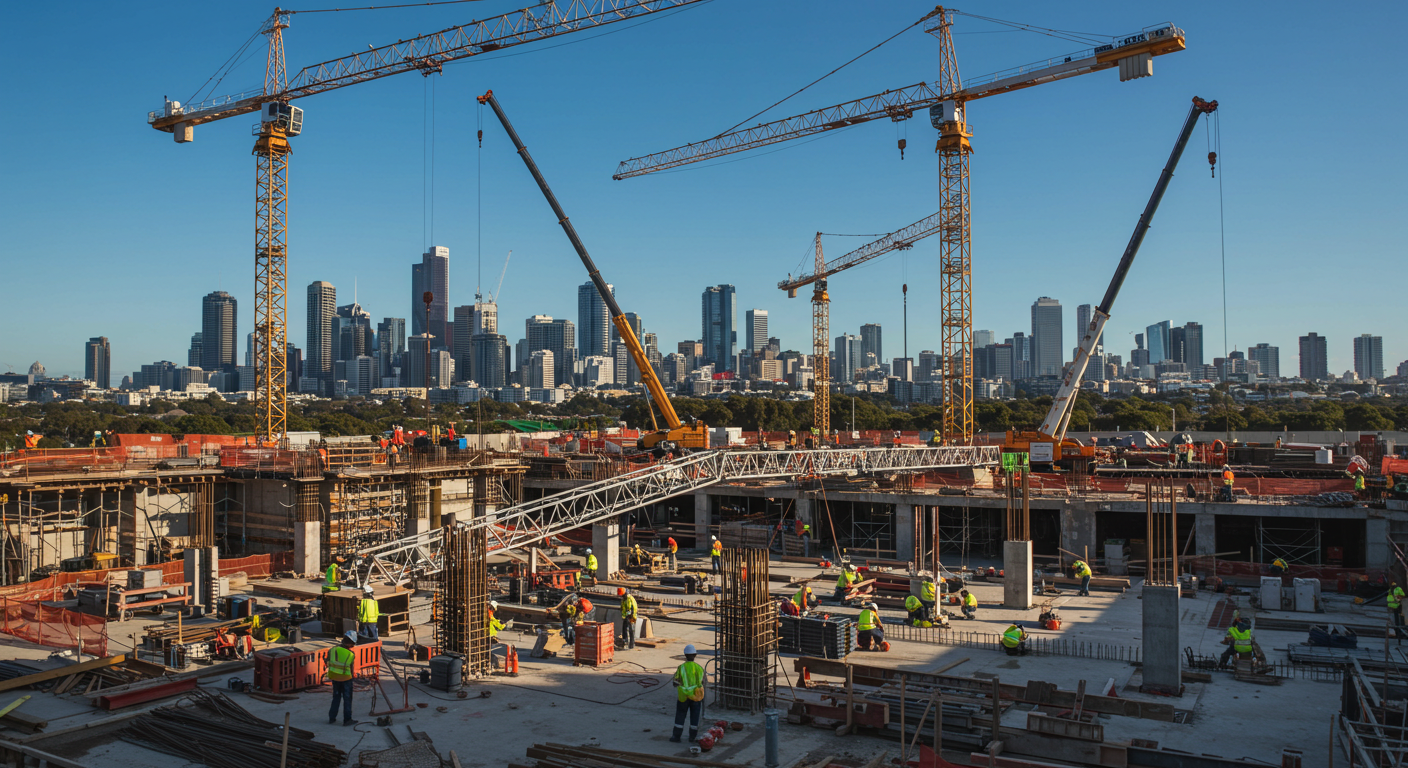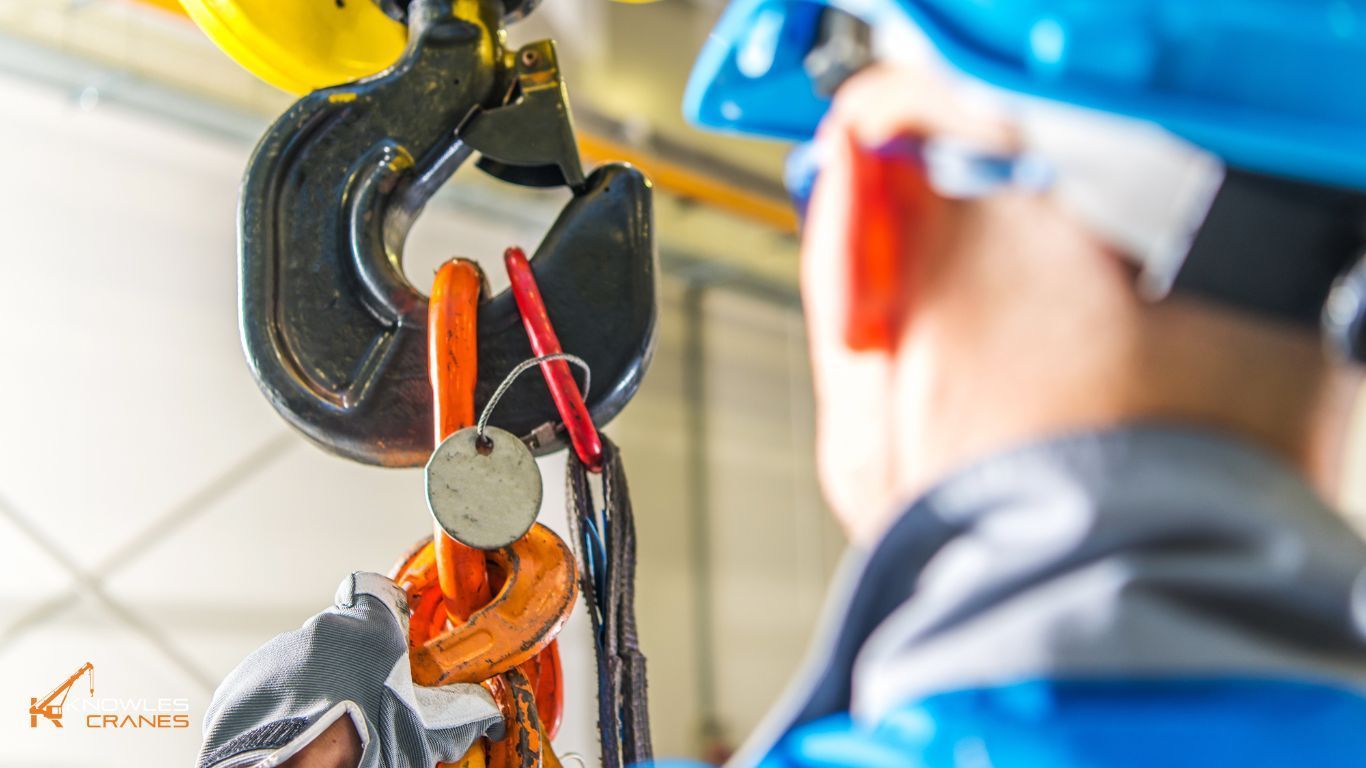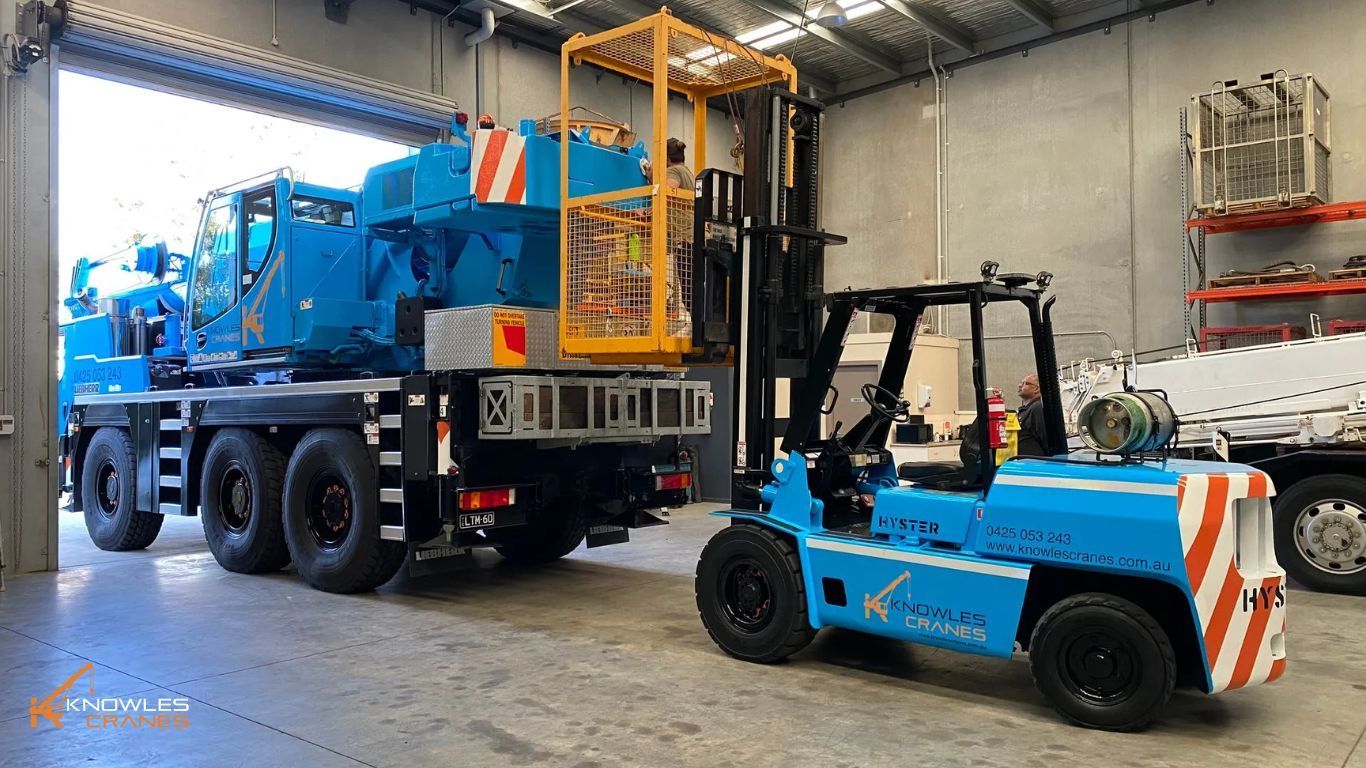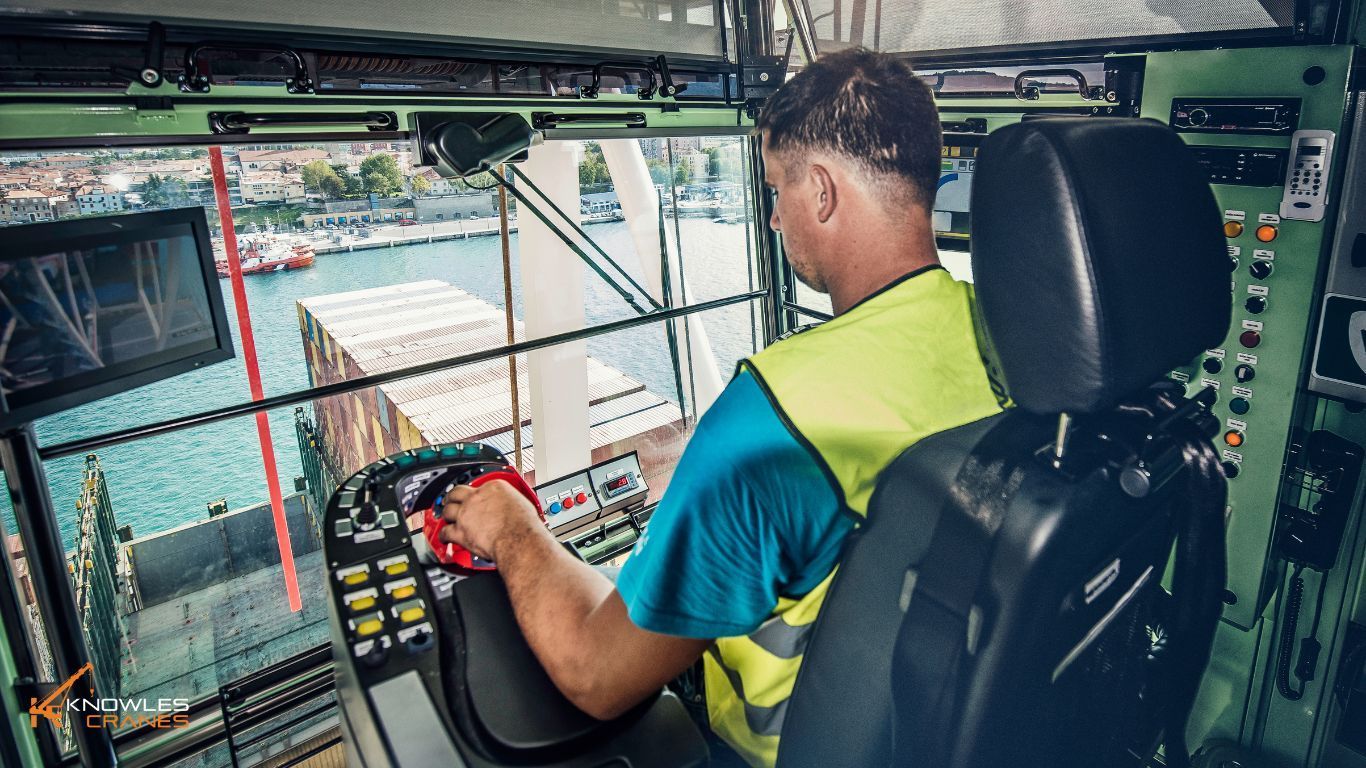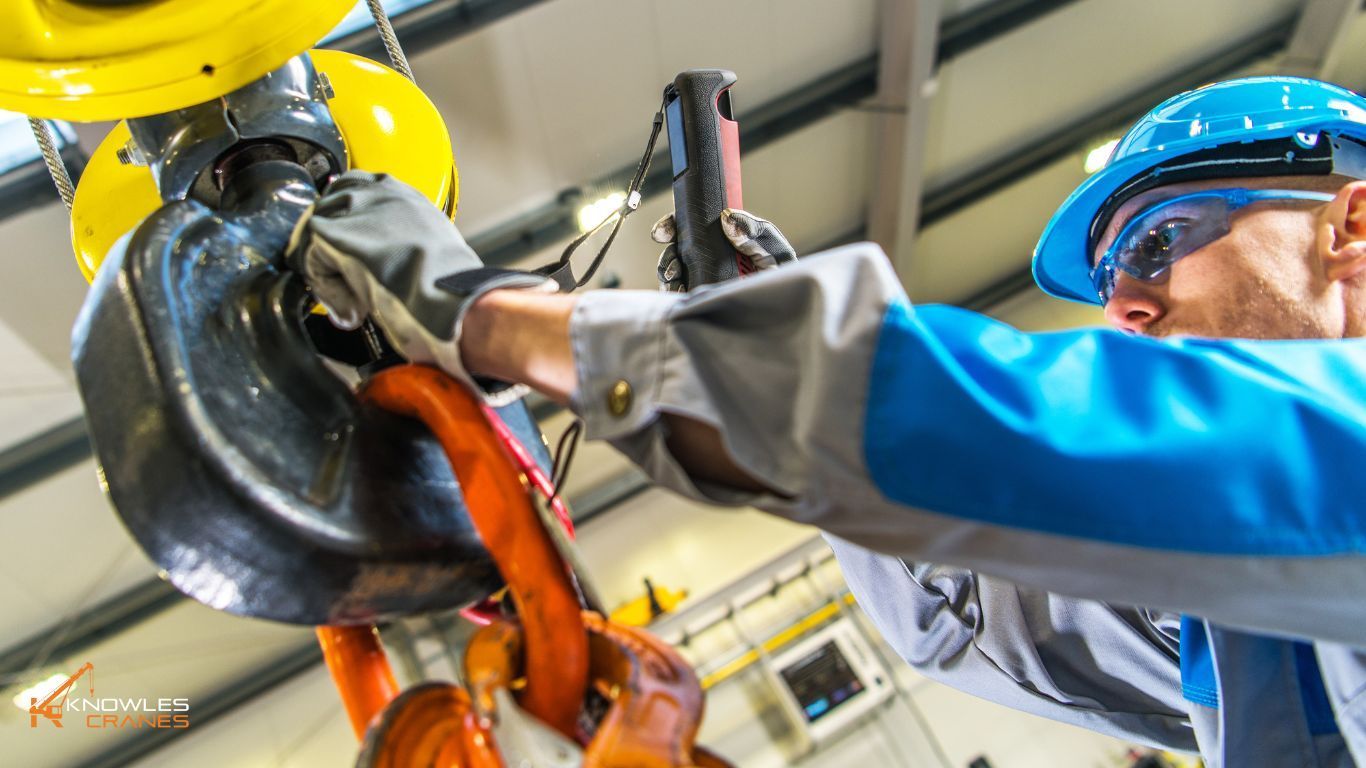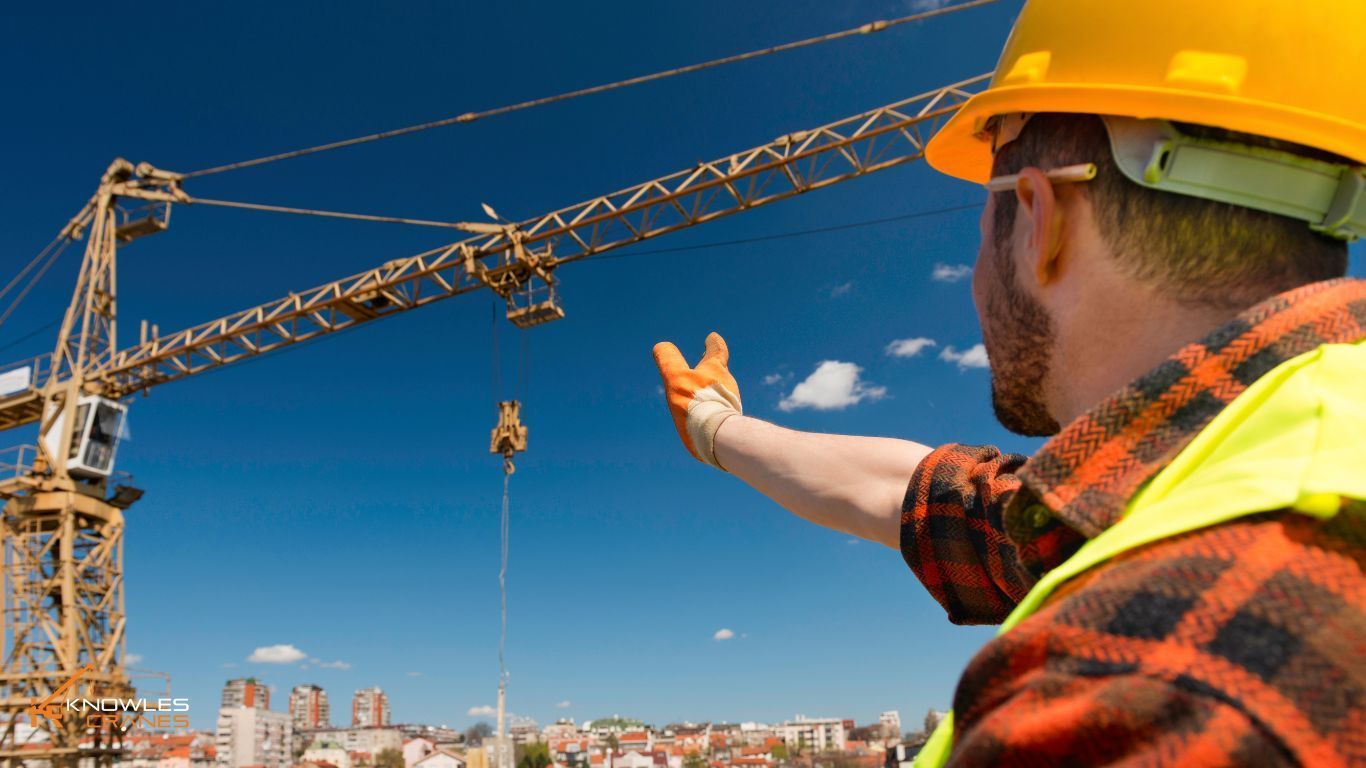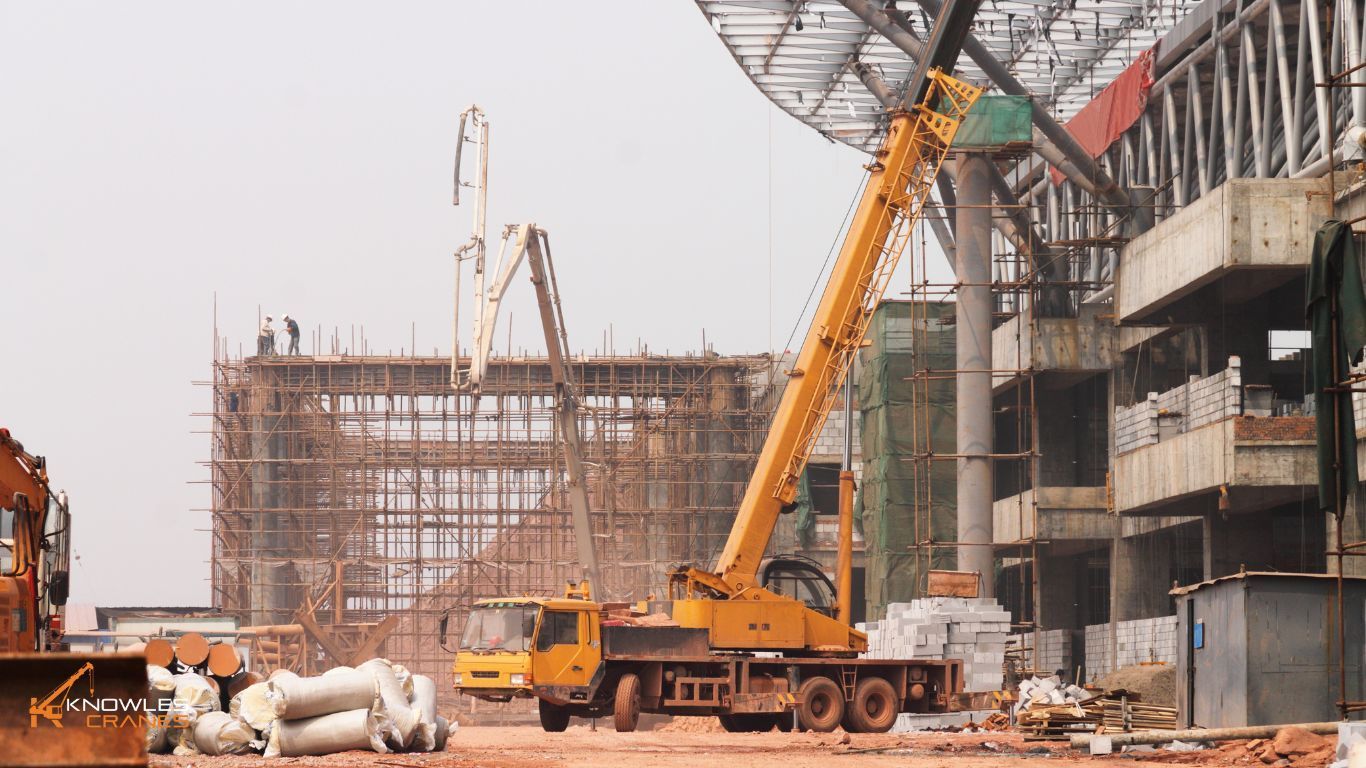Crane Safety Guide for Australian Worksites
Cranes are essential to construction and heavy industry in Australia. They lift steel, concrete, and equipment that would otherwise be impossible to move. But with that power comes risk. Statistics show that crane-related incidents remain one of the most serious hazards on worksites. Accidents in Sydney and Adelaide highlight how a single mistake can cause major damage or injury. For managers and crane operators, safety is not just compliance; it’s about keeping every worker safe and ensuring projects run smoothly. This is core to workplace crane safety.
Operator Training and Licensing
Cranes should only be operated by people who hold the proper high-risk work licence, issued by the state or territory regulator. Operators must be trained not only in general crane use but also in the specific machine they are handling. Supervisors should ensure new or less experienced operators are paired with senior staff until they demonstrate complete competence.
Maintenance and Daily Inspections
Each shift must begin with a thorough check. Operators must inspect tyres, outriggers, hooks, cables, and brakes before beginning operation. Anything that appears to be worn or hazardous needs to be repaired before the crane is operated. Every crane should also have up-to-date certifications. Regular maintenance by skilled technicians ensures the machine remains reliable and reduces the likelihood of breakdowns. Regular maintenance by skilled technicians keeps the machine reliable and reduces the risk of breakdowns. Using a safety checklist ensures inspections are consistent, recorded, and aligned with manufacturer recommendations.
Site Planning and Ground Conditions
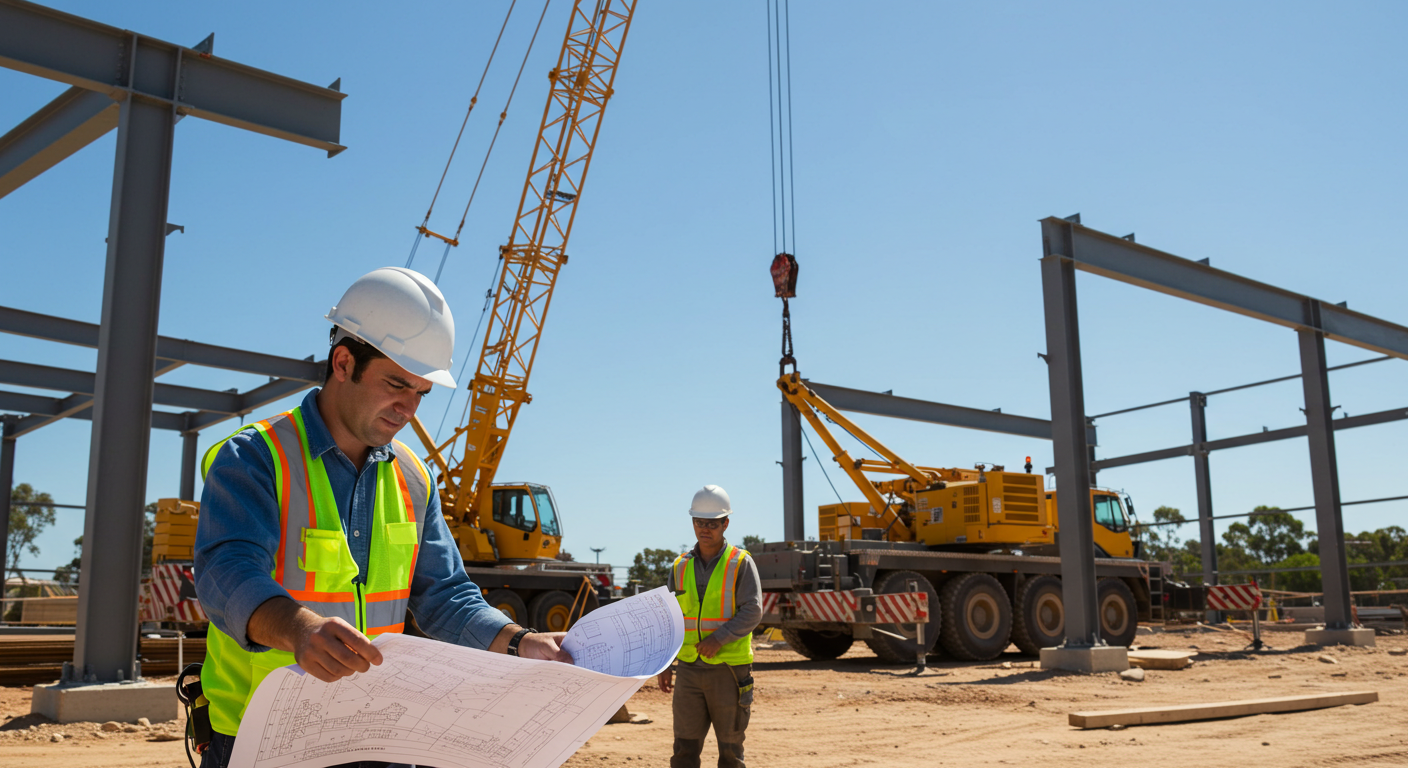
A safe lift starts with careful planning. Managers should assess ground strength, slope, and stability, and confirm that outriggers have solid support. No lift should begin without checking the path for obstacles, structures, and overhead power lines. Work must be suspended if wind or weather makes operations unsafe. Clear rules for weather conditions and crane safety help teams decide when to pause or proceed.
Spotters and Communication
This is the equipment and staff available to provide the crane operator with clear and precise instructions. Construction sites often involve noise, distance, and blind spots that make communication difficult. A spotter or signal person is an important position responsible for directing the operator through standard hand signals or radio communication. For clarity, one individual alone should give instructions and all staff be aware of the signal system. Supporting measures, such as mirrors, cameras, and sound alarms, can further improve safety during lifts. Teams should use agreed crane signal hand signals so that all see the same signs.
Respecting Load Limits and Rigging Practices
Overloading is one of the fastest ways a crane can fail. Operators must check the load chart and keep well within the crane’s rated capacity. Rigging gear should be inspected before every lift, and loads should be balanced and tested just off the ground before being raised fully. Strong lifting and rigging safety reduces shock loading and prevents sling failure.
PPE and Safety Equipment
New cranes are built with load indicators, anti-collision sensors, and emergency stops. Operators should understand how these features work and never disable them. Personal protective equipment adds another layer of protection. High-visibility vests, helmets, gloves, and steel-capped boots are mandatory on Australian construction sites. Pick PPE for crane operators that matches the task and conditions.
Building a Safety-First Culture
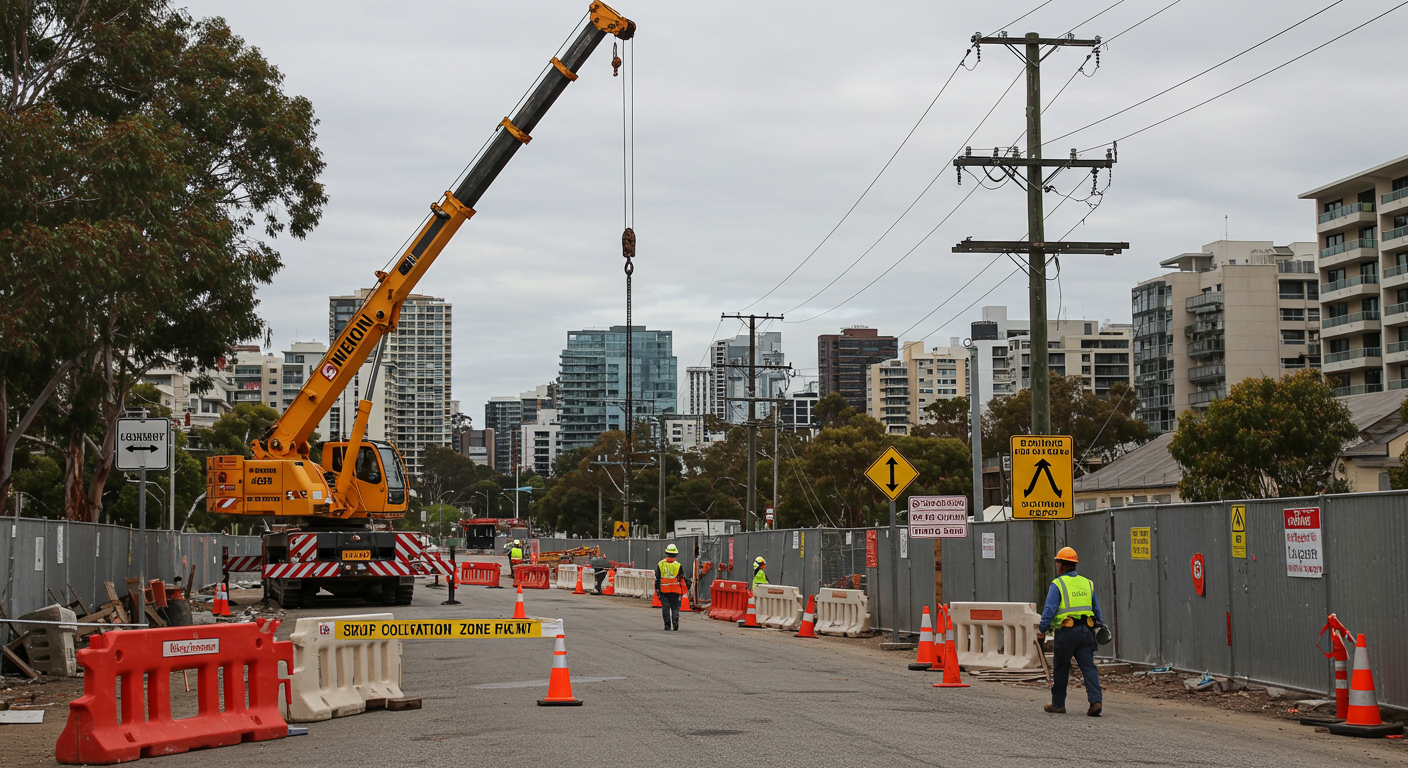
This means prioritising safety on every job. Managers should lead daily briefings, use checklists, and stop work when conditions are unsafe. Workers must feel confident raising concerns, knowing that following WHS and WorkSafe guidelines protects both lives and projects. Brief teams on common crane hazards for each job so controls are clear before lifting. These standards apply to all sites, with extra attention to set-up and travel, improving mobile crane safety.
Conclusion
Safe use of cranes is a matter of discipline, training, and planning. Properly trained operators, regular inspections, transparent communication, and strict load limits must be followed. Within Australian workplaces, WHS compliance is the bare minimum, but having a culture where safety is included in every lift is what prevents it from going wrong and keeps workers safe. For practical guidance and site-available information, visit Knowles Crane.
